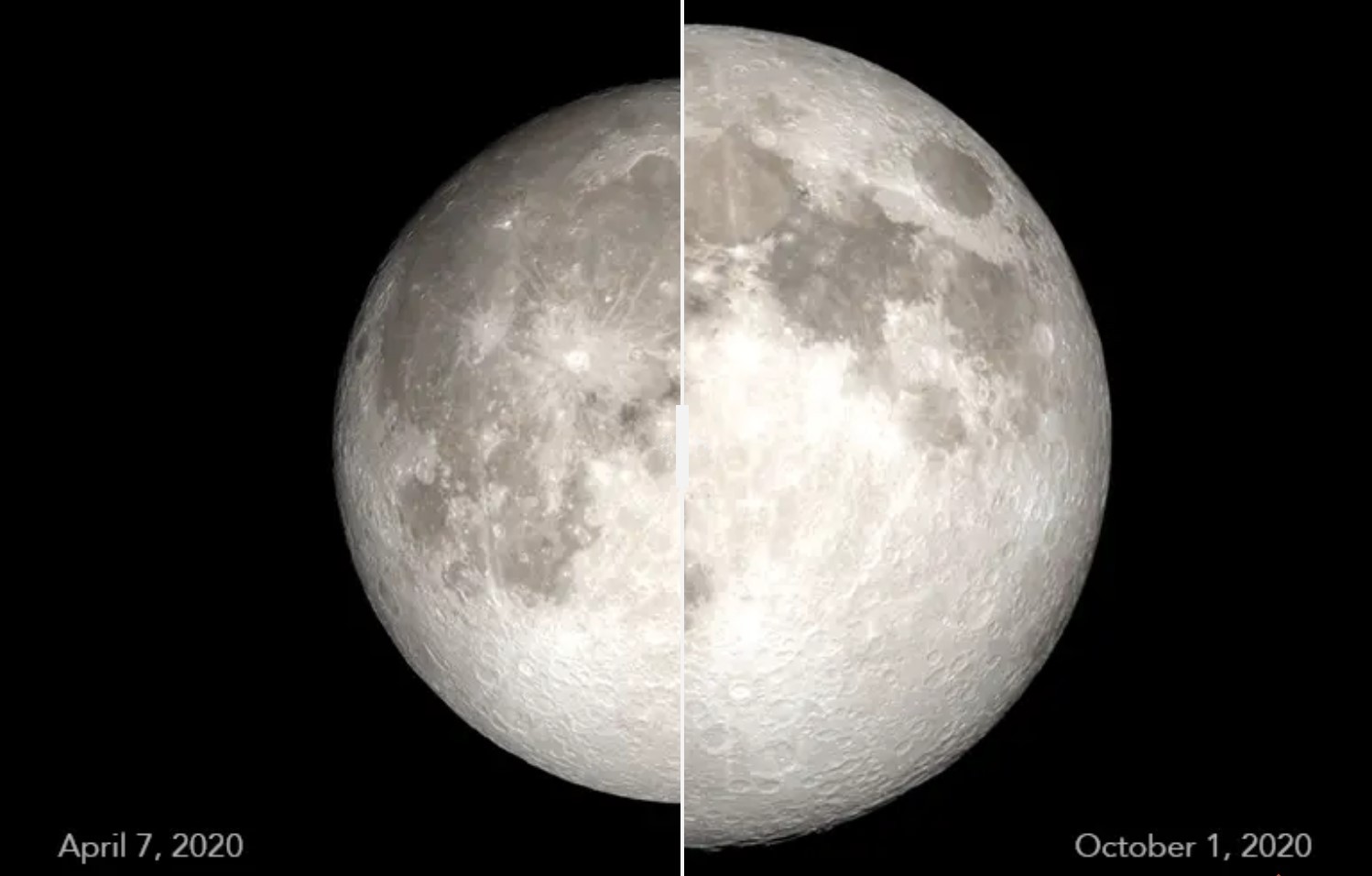SpaceX, Boeing (and NASA) Push Back 1st Test Launches of Private Spaceships
SpaceX's new astronaut taxi won't make its inaugural trip to the International Space Station (ISS) this month after all.
SpaceX and Boeing are developing commercial space capsules — called Crew Dragon and CST-100 Starliner, respectively — to carry NASA astronauts to and from the orbiting lab.
SpaceX had been targeting Feb. 23 for Crew Dragon's shakeout cruise to the ISS, an uncrewed flight called Demo-1. Starliner was scheduled to perform a similar mission in March. But launch dates for both flights have just been pushed to the right, NASA announced today (Feb. 6). [Crew Dragon and Starliner: A Look at the Upcoming Astronaut Taxis]
"The agency now is targeting March 2 for launch of SpaceX's Crew Dragon on its uncrewed Demo-1 test flight. Boeing's uncrewed Orbital Flight Test is targeted for launch no earlier than April," NASA officials wrote in the status update.

"These adjustments allow for completion of necessary hardware testing, data verification, remaining NASA and provider reviews, as well as training of flight controllers and mission managers," they added.
The next big box to check after these demonstration flights will be tests of the private vehicles' emergency escape systems, which would get the capsules away from danger if a problem arose during launch. Boeing plans to run this test in May, and SpaceX will perform its version in June.
Then will come huge milestones — crewed test flights to the ISS. Astronauts haven't launched to orbit from American soil since July 2011, when NASA retired its space shuttle fleet. Since then, the space agency has been dependent on Russian Soyuz rockets and spacecraft to perform this taxi service.
Get the Space.com Newsletter
Breaking space news, the latest updates on rocket launches, skywatching events and more!
Crew Dragon's crew-carrying demonstration is currently scheduled for July, and Starliner's for no earlier than August, according to the new NASA update. Operational flights will begin sometime thereafter, assuming everything goes well.
The latest delay is far from the first for the commercial-crew program. When NASA inked its big multibillion-dollar deals with SpaceX and Boeing in 2014, for example, agency officials said they expected Crew Dragon and Starliner to be in operation by 2017.
"There still are many critical steps to complete before launch, and, while we eagerly are anticipating these launches, we will step through our test flight preparations and readiness reviews," Kathy Lueders, NASA's commercial crew program manager, said in today's update. "We are excited about seeing the hardware we have followed through development, integration, and ground testing move into flight."
Mike Wall's book about the search for alien life, "Out There," was published in November 2018 by Grand Central Publishing. Follow him on Twitter @michaeldwall. Follow us @Spacedotcom or Facebook. Originally published on Space.com.
Join our Space Forums to keep talking space on the latest missions, night sky and more! And if you have a news tip, correction or comment, let us know at: community@space.com.

Michael Wall is a Senior Space Writer with Space.com and joined the team in 2010. He primarily covers exoplanets, spaceflight and military space, but has been known to dabble in the space art beat. His book about the search for alien life, "Out There," was published on Nov. 13, 2018. Before becoming a science writer, Michael worked as a herpetologist and wildlife biologist. He has a Ph.D. in evolutionary biology from the University of Sydney, Australia, a bachelor's degree from the University of Arizona, and a graduate certificate in science writing from the University of California, Santa Cruz. To find out what his latest project is, you can follow Michael on Twitter.









